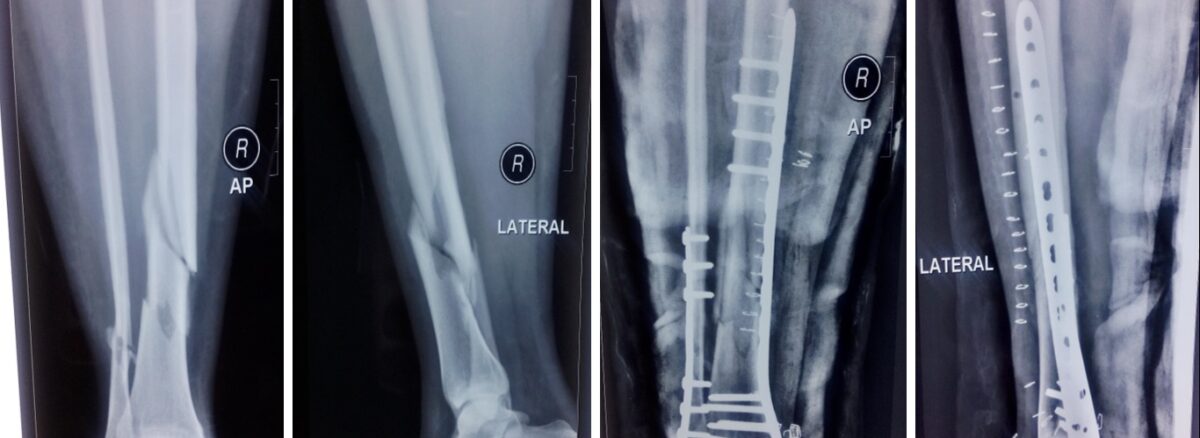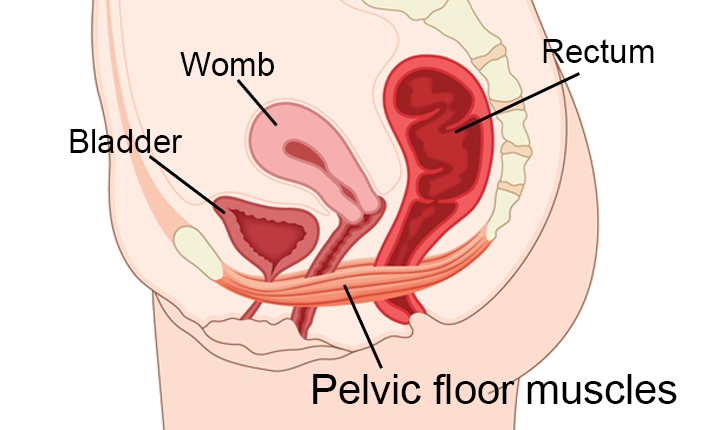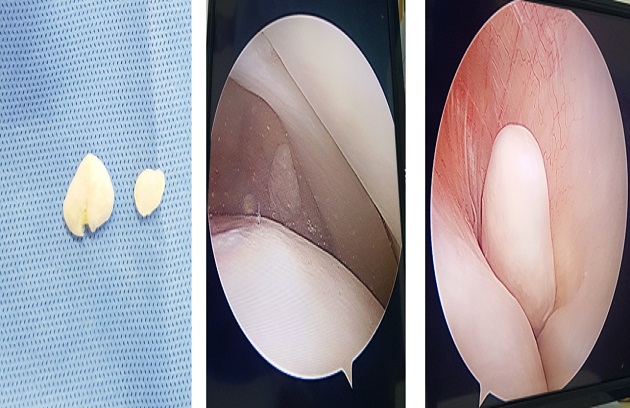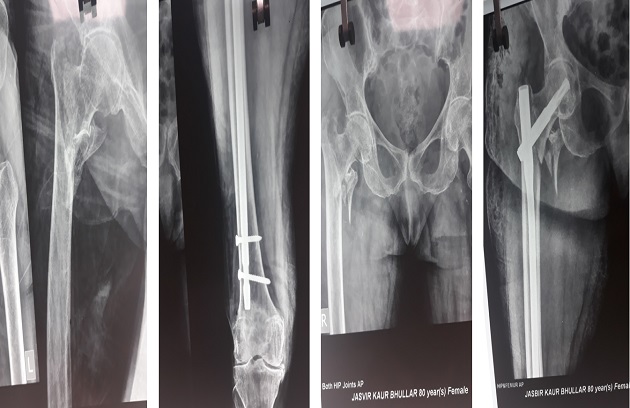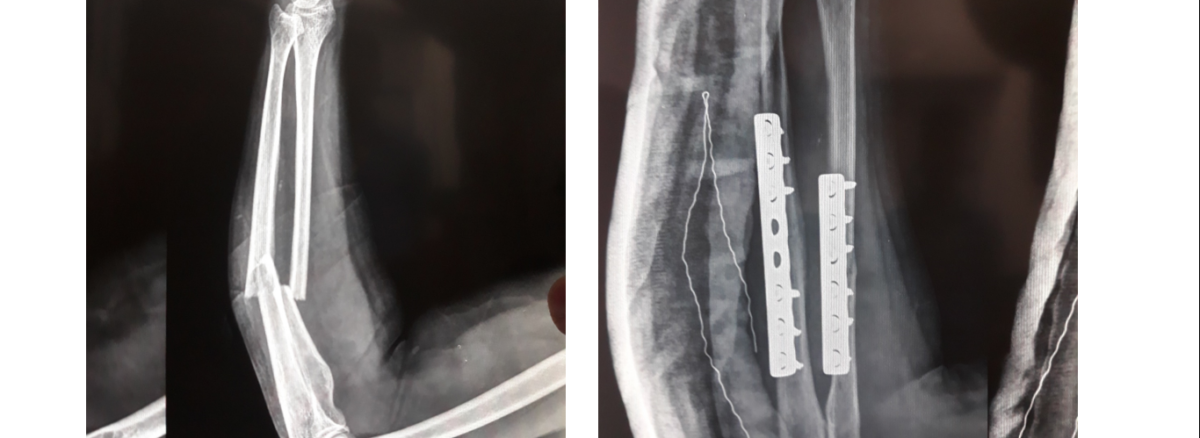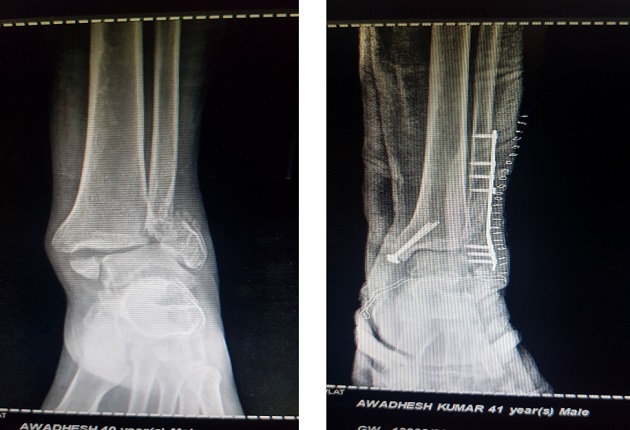FRACTURE FIXATION: Minimally Invasive Surgery
Fracture fixation is the most commonly perform orthopedic surgeries. With evolution of newer surgical techniques and availability of latest design implants. The focus is gradually shifting to perform maximum surgeries with MIS. MIS or minimally invasive surgery has the advantage of smaller incisions, rapid healing and lesser patient morbidity. The healing time of fractures has…


